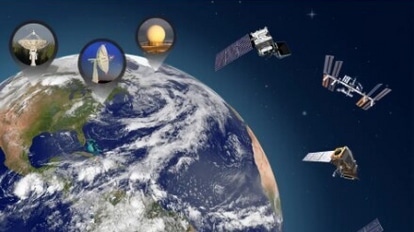Speed Freak! NASA to kill the shock and awe traits in jets, help YOU fly faster
NASA is on a mission to break the sound barrier, but it will kill the shock and awe features that got its fancy planes banned once.


Nothing can travel faster than the speed of light. Once thought impossible, that is not the case with sound. The sound barrier has been broken time and time again, dating back to 1947 when Major Chuck Yeager of the United States Air Force created history by breaking the sound barrier in his iconic Bell X-1 aircraft. It was an unprecedented feat in human history when the small group of researchers from the National Advisory Committee for Aeronautics first heard the stunning noise of the breaking of the sound barrier. Now, NASA aims to achieve the same feat again, albeit in a way which could make supersonic flight accessible to you, me and the general public.
NASA's Quesst Mission is aiming to collect data that could make supersonic flight over land possible, dramatically reducing travel time in the United States or anywhere in the world, according to the space agency. Catherine Bahm, an aeronautical engineer at NASA's Armstrong Flight Research Center in California said, ““That first supersonic flight was such a tremendous achievement, and now you look at how far we've come since then. What we're doing now is the culmination of so much of their work."
To accomplish this, NASA's Quesst team has designed a new experimental plane, named the X-59. Supersonic planes produce a sonic boom as they soar through the sky. NASA is aiming to solve the problem of sonic boom, which resulted in the ban of supersonic flights over land back in 1973.
If this mission is successful, the dream of commercial supersonic flights for the public could be achieved. Peter Coen, NASA's mission integration manager for Quesst said, ““We've kind of been stuck with our airliners at about Mach .8 for the past almost 50 years, so being able to get there – wherever there is – much faster is still kind of an unfulfilled dream.”
“With the X-59 flying on the Quesst mission, I think we're ready to break the sound barrier once again,” he added further. According to NASA, the space agency has targeted 2023 as the year for the first flight of the X-59 spacecraft.
Catch all the Latest Tech News, Mobile News, Laptop News, Gaming news, Wearables News , How To News, also keep up with us on Whatsapp channel,Twitter, Facebook, Google News, and Instagram. For our latest videos, subscribe to our YouTube channel.
































